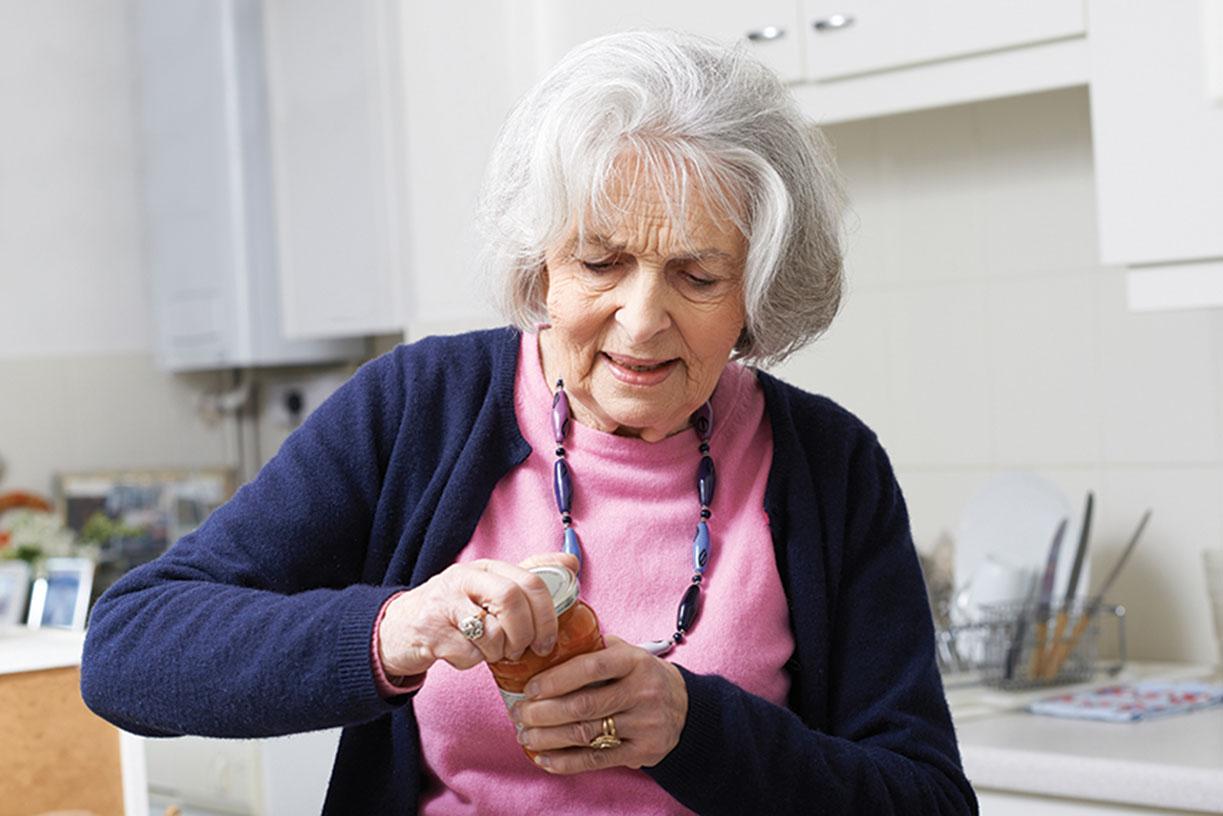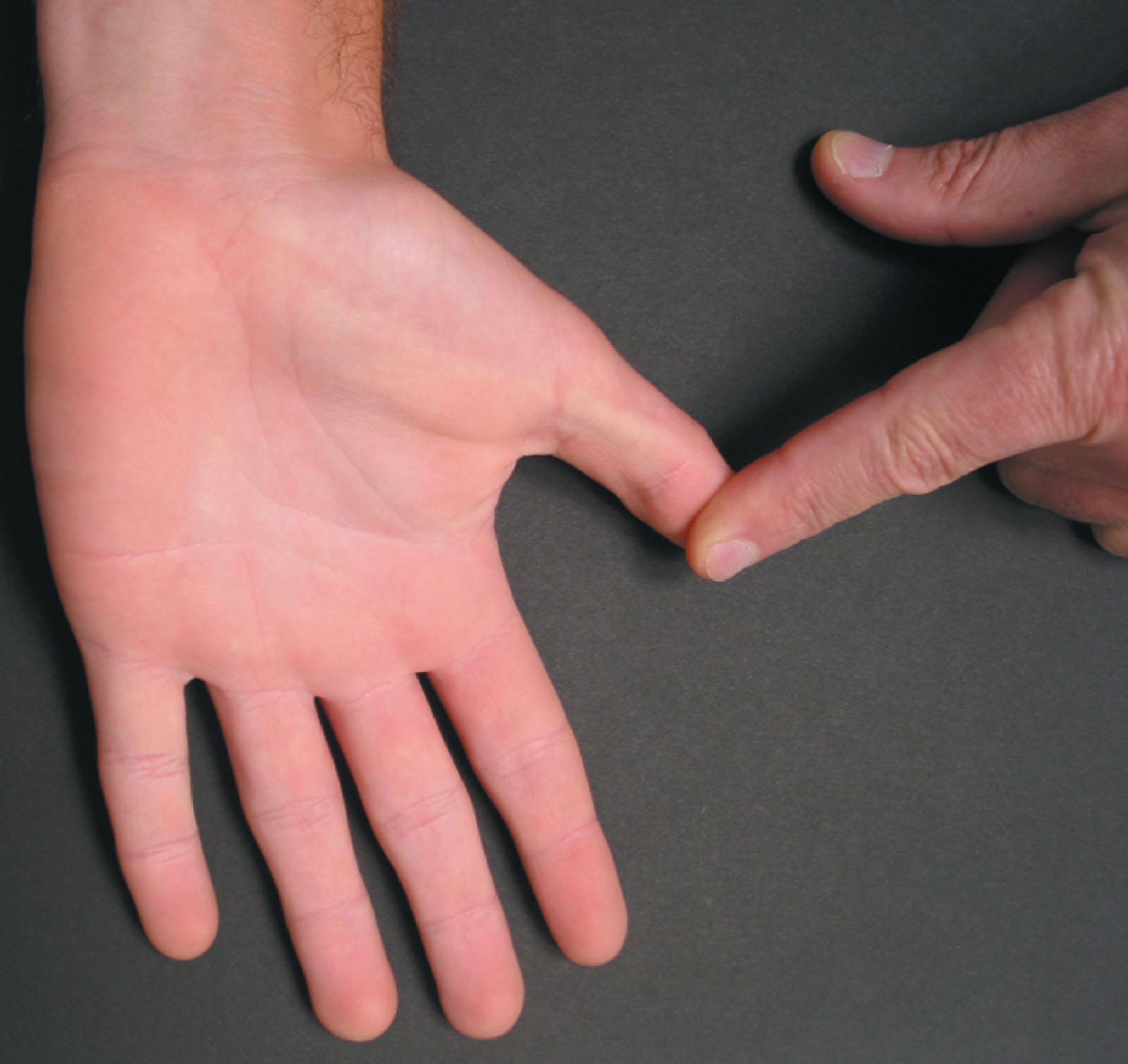Physical Address
304 North Cardinal St.
Dorchester Center, MA 02124
Learn the common causes of wrist pain.
Develop an understanding of the unique anatomy of the carpometacarpal joints.
Develop an understanding of the causes of arthritis of the carpometacarpal joints.
Learn the clinical presentation of osteoarthritis of the carpometacarpal joints.
Learn how to use physical examination to identify pathology associated with wrist pain.
Develop an understanding of the treatment options for osteoarthritis of the carpometacarpal joints.
Learn the appropriate testing options to help diagnose osteoarthritis of the carpometacarpal joints.
Learn to identify red flags in patients who present with carpometacarpal joint pain.
Develop an understanding of the role of interventional pain management in the treatment of carpometacarpal joint pain.

“Doctor, there is nothing golden about the golden years. Forty-some years of teaching, and I finally retire, and I immediately start falling apart! First the heart attack and now this. I have knitted my entire life. It’s something that I really enjoy, and now it has become a real ordeal.” Mary Claire Bilman was a longtime patient of mine, and I hated to see her so upset. Mary Claire is a 68-year-old retired kindergarten teacher with the chief complaint today of “I can’t do my knitting anymore.” She exclaims, “This wrist pain is really the pits. I can’t brush my hair, and I am having to hold my toothbrush in my left hand.” I asked if any of her other joints were bothering her, and she answered, “Just the usual aches and pains, but this right wrist is absolutely killing me. In all the years you have taken care of me, Doctor, have you ever heard me complain of pain? I don’t believe in that pain stuff. I never said a thing about pain with my heart attack. If I hadn’t been so dizzy, I wouldn’t have even come in.” I asked Mary Claire if she had experienced anything like this wrist pain in the past, before I started taking care of her, and she shook her head and responded, “Absolutely not. I can live with the aches and pains, it’s just a part of growing old. I just toss down a couple of Tylenol with my evening glass of wine and leave it at that. But this time the reason I am here is right after dinner, I like to knit and watch the Home and Garden Network. If I can’t knit, I am like a cat in a room full of rocking chairs. I can’t seem to get settled down. Ever since my husband, Don, passed, the knitting is my friend, my companion.” I asked, “Mary Claire, what about your cat?” “Harvey is in cat heaven,” she replied, “and I have made a decision that I don’t want anything else with DNA—no men, no dogs, no cats. Just fix my wrist so I can knit, and I won’t bother you until my checkup next spring. And the other thing is, my wrist pain is waking me up at night. I’ve never been a good sleeper, but when I woke up at night, I would knit until I was able to get back to sleep. The golden years are really playing a joke on me with the wrist pain.”
I asked Mary Claire about any antecedent trauma to the wrists, and she shook her head no. “Doctor, this wrist thing came out of nowhere! At first it wasn’t that bad, and the Tylenol would take care of it. Now it hurts all the time. I can’t open jars, tie my shoes, or hold my coffee cup. I can’t even hold a pen to write a thank you note. I am in a real pickle here!”
I asked Mary Claire to point with one finger to show me where it hurts the most. She pointed to the base of her right thumb and said, “Doctor, it hurts worst here, but it also really hurts on the other side of my wrist by my little finger; especially if I move my wrist toward the little finger when I use my right knitting needle to open up a stitch.”
I asked if she had any fever or chills, and she shook her head no. “What about steroids? Did you ever take any cortisone or drugs like that?” Mary Claire again shook her head no. “I tried some Icy Hot but it was just too hot. Please get my wrist better, and I will knit you a hat.”
On physical examination, Mary Claire was afebrile. Her respirations were 18 and her pulse was 70 and regular. Her blood pressure (BP) was 132/74. Her head, eyes, ears, nose, throat (HEENT) exam was normal, as was her cardiopulmonary exam. Her thyroid was normal. Her abdominal examination revealed no abnormal mass or organomegaly. There was no costovertebral angle (CVA) tenderness. There was no peripheral edema. Her low back examination was unremarkable. Visual inspection of the right wrist revealed no cutaneous lesions or obvious mass. The wrist was slightly warm to touch, but there was no obvious infection or swelling. Palpation of the right wrist revealed mild diffuse tenderness, with no obvious effusion. There was mild crepitus with range of motion. Range of motion of the carpometacarpal joints was decreased with pain exacerbated with flexion and extension of the wrist and especially with ulnar deviation. The Watson test was markedly positive on the right ( Fig. 7.1 ). The left wrist examination was normal, as was examination of her other major joints, other than some mild osteoarthritis. A careful neurologic examination of the upper extremities revealed no evidence of peripheral or entrapment neuropathy, including carpal and ulnar tunnel syndromes. Deep tendon reflexes were normal.

No history of acute trauma
No history of previous significant wrist pain
No fever or chills
Gradual onset of wrist pain with exacerbation of pain with wrist use
Sleep disturbance
Difficulty using the wrist to provide self-care and to knit
Patient is afebrile
Normal visual inspection of wrist
Palpation of right wrist reveals diffuse tenderness
No point tenderness
No increased temperature of right wrist
Crepitus to palpation
Watson test for arthritis of the carpometacarpal joint of the thumb was positive on the right (see Fig. 7.1 )
Become a Clinical Tree membership for Full access and enjoy Unlimited articles
If you are a member. Log in here